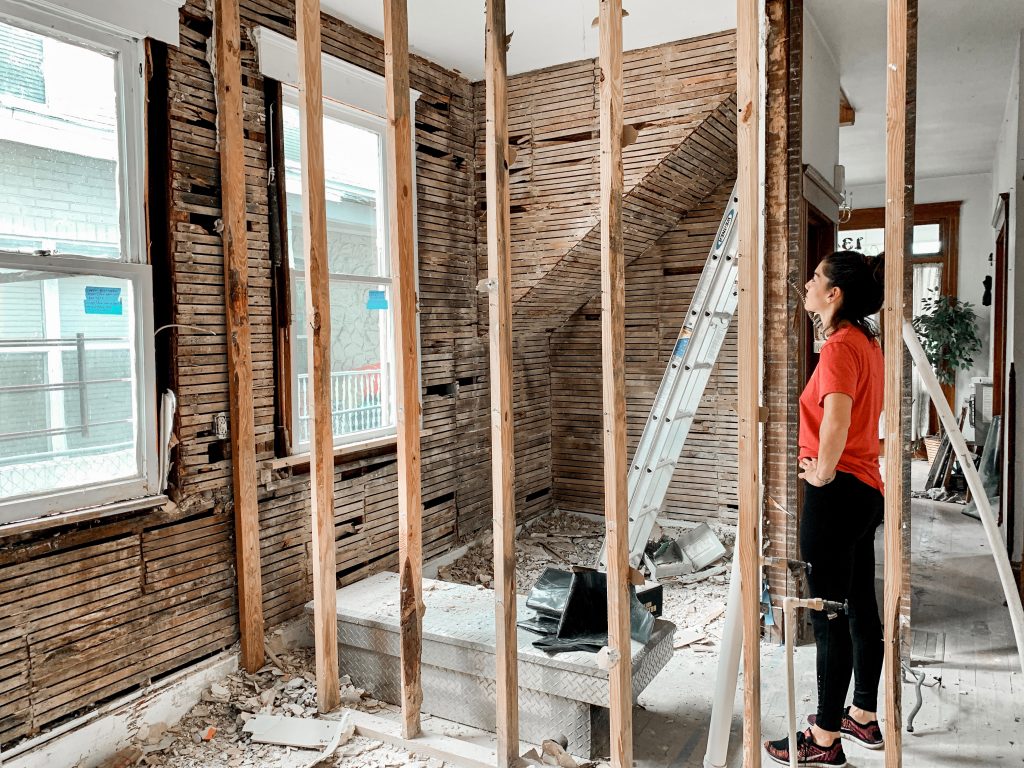
With each year that passes, more and more people are starting to focus seriously on sustainability efforts. This can mean a lot of different things, but among them are people are seeking to make their homes more environmentally responsible. Some people are even going so far as to start from scratch with this sort of effort, designing custom homes with green efforts in mind.
But if you’re living in a home that’s already built, or you’re looking to move into an existing property, you won’t have the option of piecing together a green home from scratch. You can, however, embrace any of a number of renovations that can turn your home into an eco-friendly environment you can be proud of.
This guide should help you through the process of exploring these types of renovations — leaving the specific changes up to you and anyone you may live with!
Plan Thoroughly
If you’re focusing on green renovations, you should keep in mind that the actual process should be as eco-friendly as the finished product. By planning as thoroughly as possible, you can have a clear idea of the project requirements, which can help ensure that you won’t end up wasting any materials unnecessarily. A well-laid plan and sound blueprint make for a solid green renovation effort.
Check Up on the Trends
In the world of green architecture and home accessories, just about every product and idea can seem new and trendy. From a smart home thermostat to a new open floor plan that maximizes natural light, it all feels distinctly modern and excitingly productive. But taking the time to do your research, sifting through the options, and being thoughtful about the additions you want to include will ultimately help boost the value of your home.
As one set of general home renovation tips recommend, you should research the most popular renovations in your area so as not to end up making a change that isn’t “in” where you live. A less-than-popular change may suit you as an eco-friendly homeowner, but renovations that make your home greener and make the property a hotter commodity in the area will only benefit you down the road in resale value.
Compare Effectiveness of Green Options
Like we said, when you’re renovating a home for green purposes, just about everything can seem trendy and exciting. As you go about this process, be sure to compare options rather than just get caught up in exciting technologies and concepts. As an example, consider heating energy. Two of the most popular ideas in green homes relating to this topic are window replacements that retain more heat, and smart thermostats that adjust temperature with minimal energy waste. When you dig into both options, you might find out that one is more or less helpful than the other.
For instance, a guide to setting a thermostat for energy efficiency explains that heaters tend to work more quickly than we think, and simply by setting a clear schedule, we can make ordinary thermostats stop heating when no one’s home, and quickly heat up the home when needed. This is essentially what a smart thermostat does, which raises the possibility that windows offer more unique benefits. This is not a definitive case against smart thermostats, but an example that shows why you should compare options.
Consider Long-Term Projections
It’s also important to recognize when doing green renovations that there may still be technologies emerging in the next few years that can take your eco-friendly efforts to new heights. And for this reason it’s important to consider long-term projections on both cost and energy savings. For example, if you’re considering adding solar panels to your roof, you should look into the market. Are more efficient panels going to be available in another year? Are prices on the ones you’re considering likely to decrease in the coming years? Exploring questions like these can help you to embrace major changes as confidently as possible, and set your home up to be as green as possible and at as low a cost as you can manage.
Prepare to Manage Waste
As stated, it’s also important to keep the actual renovation process green if and when you can. To that point, most home renovations end up generating a fair amount of physical waste — particularly if you’re changing a floor plan for better airflow, replacing windows, or anything else involving construction and carpentry. If this looks to be the case for your green renovations, you’d do well to offload old fixtures and materials responsibly — perhaps taking them to an architectural salvage, a recycler, or reseller. This way you can be confident that your efforts on your home aren’t harming the environment themselves.
Hopefully this guide will help you turn your place of residence into the green home you’ve envisioned!
Guest Post by Roslin Jenn for Urban NW Homes
Photo Credit: Canva.com